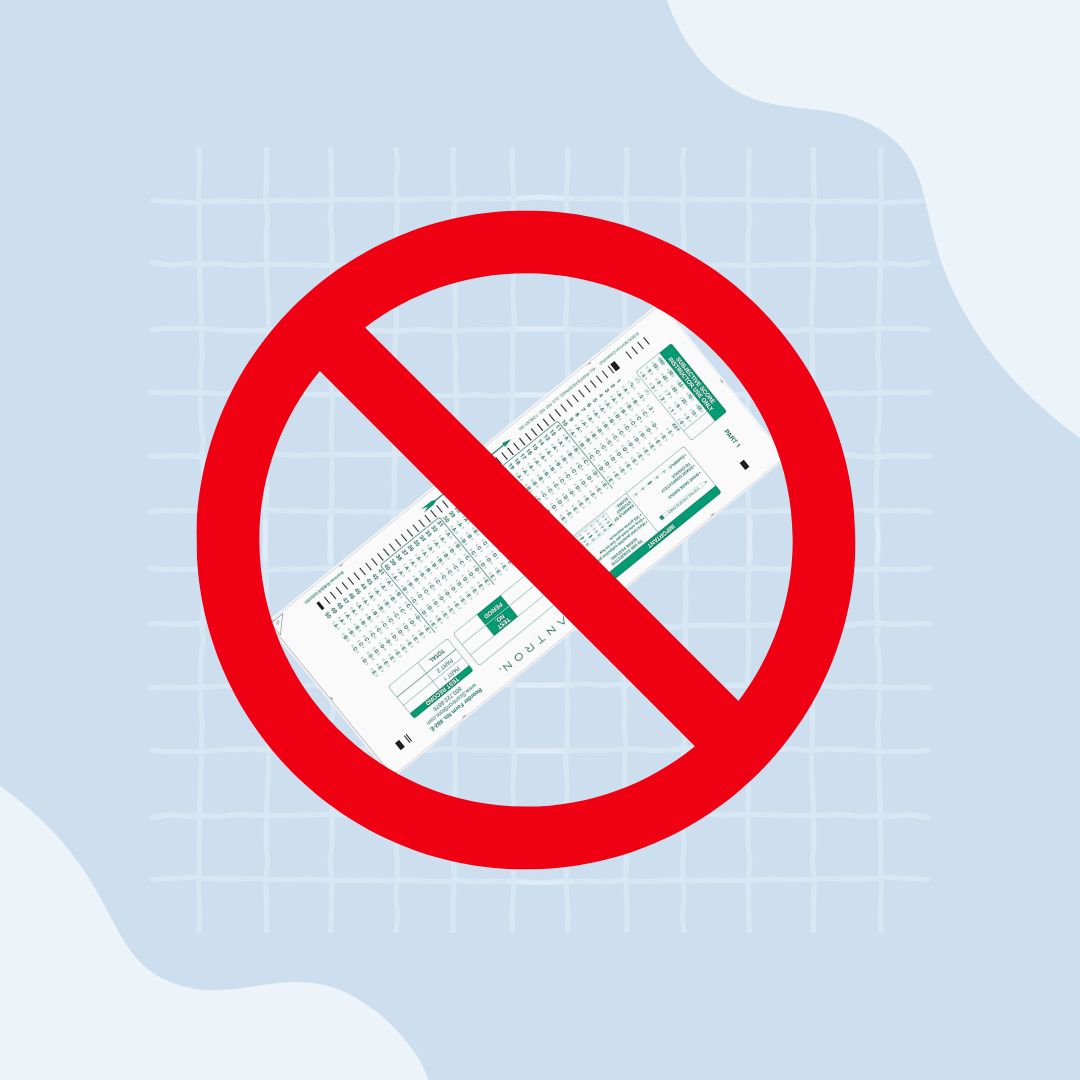The Scholastic Aptitude Test (SAT) has been a cornerstone of the high school experience for countless students over the years, though recently it has entered a new era. Starting this year, the SAT is fully digital, meaning students took the SAT on computers rather than on paper, though there are other changes too. These changes come at a time where many colleges are reevaluating their policies around the SAT.
Besides being digitized, the SAT is shorter than it used to be, lasting around two hours instead of three. Some students, including junior Tobias Schwab, who took the digital SAT, appreciate the shorter version.
“I would say that was my main struggle with the old SAT; staying fully engaged for three hours is really difficult for me and very tiring,” said Schwab. “[The digital version] is a lot shorter which is nice.”
In addition to being digital and a shorter test, the new SAT has other changes as well. According to the College Board website, the new SAT also includes a built in calculator, a unique version of the test for every student and shorter passages in the reading section.
Lincoln College Coordinator Aliera Zeledon Morasch believes that these changes are good.
“I think overall, it makes a lot of sense. It’s more current and up to date with the way things work,” said Morasch.
According to NPR, more than 1,800 U.S. colleges do not require the SAT for admissions, a trend that started during the pandemic. Recently though, some schools have reversed their decision to not require the SAT and have reinstated it as a requirement for admissions.
The Washington Post reported that Yale, Dartmouth and Brown are among those schools who now require the SAT. According to the same article, those schools say that standardized tests are good predictors of success in college. If more schools require the SAT, it would become a bigger part of the college application process.
There are many people who don’t support the school’s decision to reinstate the SAT as an admissions requirement. Critics of the SAT, like Morasch, dislike the idea of it becoming widely required because it has been seen as inequitable.
“[The SAT] is not an even playing field. Students are coming from a lot of different backgrounds that will impact how they do on those tests,” said Morasch. “Things like whether you have to work a job, and so you can’t take time to practice for the SAT, can impact your score.”

